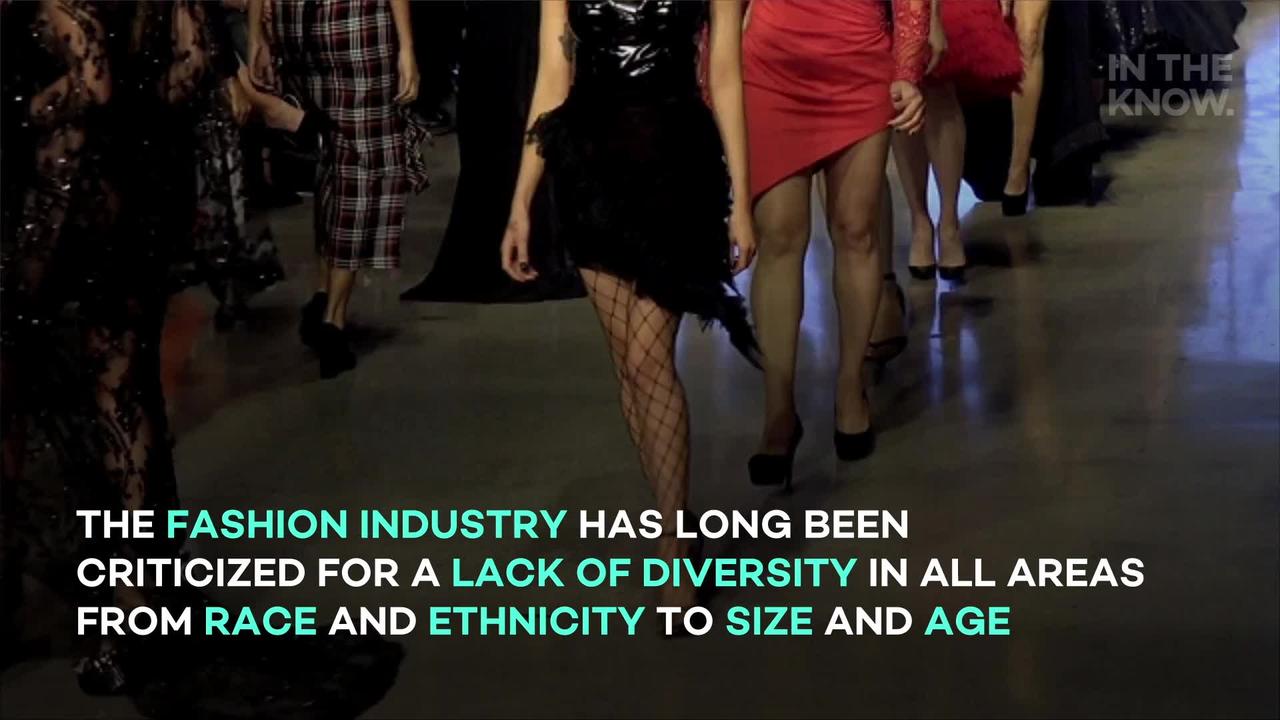
The fashion industry has long been criticized for a lack of diversity in all areas from race and ethnicity to size and age.Quannah Chasinghorse is an Indigenous model transforming the fashion industry from the inside out.The fresh face unapologetically celebrates her Native American roots and is using her platform to advocate for issues like climate change, Indigenous rights and diversity.The fresh face unapologetically celebrates her Native American roots and is using her platform to advocate for issues like climate change, Indigenous rights and diversity.Chasinghorse is an Indigenous model.
Her mother is Hän Gwich’in, from Alaska, while her father is Oglala Lakota, from South Dakota.Chasinghorse is an Indigenous model.
Her mother is Hän Gwich’in, from Alaska, while her father is Oglala Lakota, from South Dakota.She grew up in Arizona, Mongolia and New Mexico before moving to Alaska, where her mother is from, at 6 years old.She grew up in Arizona, Mongolia and New Mexico before moving to Alaska, where her mother is from, at 6 years old.While living in Fairbanks, Alaska, at 19 years old, Chasinghorse was selected to appear in a 2020 Calvin Klein campaign to increase voter turnout.While living in Fairbanks, Alaska, at 19 years old, Chasinghorse was selected to appear in a 2020 Calvin Klein campaign to increase voter turnout.Just months later, she signed with IMG models.
She has 276,000 Instagram followers.She has Yidįįłtoo, stunning face tattoos hand-poked by her mother.
Each one celebrates a milestone in her life.She has Yidįįłtoo, stunning face tattoos hand-poked by her mother.
Each one celebrates a milestone in her life."The lines represent overcoming generational and personal traumas,” Chasinghorse told Vogue.“To be able to bring [the tattoos] back is a powerful thing — you feel empowered knowing that you’re carrying on a tradition that was meant to be erased”.“To be able to bring [the tattoos] back is a powerful thing — you feel empowered knowing that you’re carrying on a tradition that was meant to be erased”
